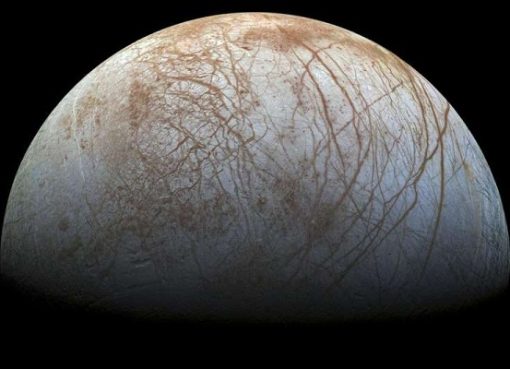Scientists have finally confirmed the theory that Earth has a solid core after uncertainty lingered over the topic for more than 80 years.
It has long been believed that Earth has a solid iron core but no proof has ever been found and it has been heralded as the ‘holy grail’ of global seismology.
The issue has finally been put to bed by re-purposing a technique that was first used to measure the thickness of the Antarctic ice sheet.
Researchers built a ‘fingerprint’ of our planet from the echoes of earthquakes and found that the innermost region of the planet is indeed solid, but not as hard as was scientists believed it to be.
Associate Professor Hrvoje Tkalčić and PhD Scholar Than-Son Phạm from the Australia National University (ANU) studied shear waves, or ‘J waves’, in the Earth’s inner core.
J waves are produced by earthquakes and only travel through solid objects.
Inner shear waves can not be directly observed as they are of such little energy so the researchers looked for a creative way to detect them.
To do this they looked at the similarities between the signals received at different locations after major earthquakes.
A version of this method – known as the correlation wavefield method – has been used to calculate the thickness of the ice-shelf in Antarctica.
The same team then turned their method to the thorny issue of understanding Earth’s innermost secrets.
‘We’re throwing away the first three hours of the seismogram and what we’re looking at is between three and 10 hours after a large earthquake happens,’ Dr Tkalčic said.
‘We want to get rid of the big signals.’
These earthquake ‘echoes’ were compared to many others from different readings of the same earthquakes and this produced a ‘fingerprint of the Earth’.
The theory that Earth has a solid core was first proposed in 1936 when female Danish seismologist Inge Lehmann reanalysed data from the magnitude-7.3 1929 earthquake that struck New Zealand’s south island.
WHAT IS THE INSIDE OF EARTH LIKE?
Detectors in Europe picked up the waves and experts realised this would be impossible if the core was liquid, as it was thought to be in the 19th and early 20th centuries.
This theory became widely accepted and is taught to schoolchildren today but it had never been conclusively proved.
This researchers claim this ‘closes an 80-year quest to find them and confirms a solid, but soft, inner core’ the scientists claim’.
‘We found the inner core is indeed solid, but we also found that it’s softer than previously thought,’ Associate Professor Tkalčić explains.
‘It turns out – if our results are correct – the inner core shares some similar elastic properties with gold and platinum.
‘The inner core is like a time capsule, if we understand it we’ll understand how the planet was formed, and how it evolves.’












19 thoughts on “Earth’s Core Is Finally Confirmed To Be Solid After 80 Years Of Uncertainty”